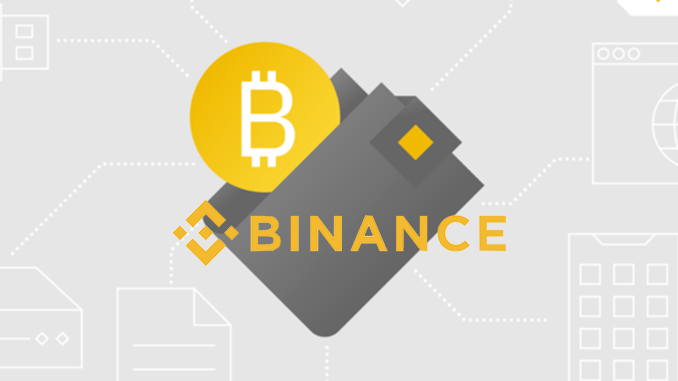
Following the collapse of crypto exchange FTX and billions in damages for customers, distrust is growing as to whether market leader Binance is handling its business better. Recent word is relevant for investors.
In the past week, the FTX insolvency administrator issued a press release with new figures on the extent of misappropriated customer funds: Accordingly, it is about 9 billion US dollars and thus the worst fears become clear. Therefore, not only from the perspective of investors in Bitcoin and Co. it makes absolute sense to ask whether their money is in safe hands with the market leader Binance. Fittingly, respected crypto journalist David Z. Morris published his latest column dedicated to allegations against Binance and CEO Changpeng Zhao (CZ).
Morris’ detailed examination is based on a recent report by the business magazine Forbes, which reveals inconsistencies in how Binance deals with stablecoins and also mentions a sum of 1.8 billion US dollars, which is said to have gone strange ways. According to Forbes, Binance also broke its promise to treat customer funds separately from its own reserves via rehypothecation of stablecoins to the now insolvent crypto hedge fund Alameda Research. Columnist Morris finds this report, based on blockchain data, credible.
But he does not join the chorus of those, like Forbes, who immediately draw parallels between FTX and Binance. Rather, Morris wonders about the reactions of CZ and Binance spokespeople, who by his count have already dished up three different versions about the $1.8 billion in question. Once, they say, as in an official blog post by Binance, they merely moved funds between their own accounts and journalists simply lacked expertise. CEO Changpeng Zhao, however, wrote on Twitter that the transactions were “old news” and that customers could of course do what they wanted with their funds.
Morris also points out other contradictions that exist between Binance’s official communication and the practice that can be proven via blockchain analysis. He thus arrives at the punchline that the media FUD against Binance, which CZ has also claimed in the past, actually originated in the inner workings of the crypto exchange.
Conclusion: Binance under general suspicion after FTX scandal – withdraw funds?
In order to understand the significance of Morris’ factual column published at the specialist portal Coindesk, one must remember that it was precisely there that the first articles appeared that revealed huge financial gaps at FTX and thus led to its insolvency a few days later. At Binance, Morris differentiates and does not go so far as to speculate about missing reserves. But he doesn’t like at all the fact that Binance and CZ are not delivering adequately on their much-touted transparency. As a consequence, investors must probably conclude to question their trust in Binance. We recommend as we have for years: Balances in cryptocurrencies should not be permanently stored with crypto exchanges, but individually secured on hardware wallets such as Ledger. The FTX case has brutally taught that conservative approach in this matter is more than advisable.

Leave a Reply